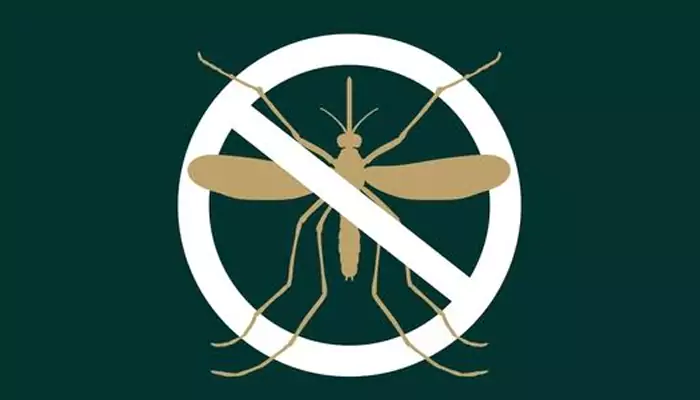Deadly Fungal Infection Leading To "Silent Pandemic": What Is Antifungal Resistance, & Why Is It A Serious Issue?
- Sayan Paul
- 1 year ago
- 3 minutes read

Currently, fungal infections affect over 6.5 million people globally each year.
The World Health Organization has already recognized fungal infections as a major global issue. Now, according to the latest research studies, these infections are evolving rapidly, becoming resistant to the common antifungal medicines. These could turn extremely dangerous in no time, posing a threat to public health, especially those with weakened immune systems.

Molecular biologist Norman van Rhijn from the University of Manchester, along with an international group of scientists, did extensive research on fungal infections and antifungal resistance. They found that resistance to all classes of antifungal drugs is increasing. Also, according to them, fungicides used in agriculture are the main reason behind this.
"Deadly Fungal Infections Causing a 'Silent Pandemic', Scientists Warn"
— tern (@1goodtern) September 22, 2024
Funny how they don't mention that many of those deadly fungal infections thrive in *immune compromised* people. pic.twitter.com/qJn1blK6HG
(Credit: tern)
As Dr van Rhijn said in his statement, "... many drug resistance problems over the past decades have been the result of invasive fungal diseases largely underrecognised by scientists, governments, clinicians and pharmaceutical companies. The threat of fungal pathogens and antifungal resistance, even though it is a growing global issue, is being left out of the debate."
Well, this is undoubtedly a serious concern which requires urgent action. Meanwhile, let's understand what antifungal resistance is, and why it's such a serious issue.
What is Antifungal Resistance?
As you know, antifungal drugs help treat fungal infections, including athlete’s foot, jock itch, and ringworm.
Now, antifungal resistance occurs when fungi develop the ability to survive the effects of those medications. This means the antifungal drugs no longer work to treat a fungal infection in the body.
Certain species like Aspergillus, Candida auris, and Ringworm are particularly resistant to antifungal drugs.
Millions of people across the world die each year due to this.
What Are The Main Causes?
Antifungal resistance can rise due to various factors. First of all, climate change and global warming help fungi to evolve and develop resistance to drugs.
Fungicides used in agriculture (to prevent as well as treat fungal infections in crops) also drive evolution among fungi, building resistance.
Just as frequent consumption of antibiotics causes antibiotic resistance, the continuous and inappropriate use of antifungal agents in healthcare also leads to antifungal resistance in no time. Also, not finishing the entire course can trigger resistance as well.

Last but not the lead, there are very limited antifungal drugs (most popular classes include azoles, echinocandin, and polyenes) available in the market. Also, fungi tend to mutate naturally and develop spontaneous resistance to a once-effective drug.
Why Is It A Global Threat?
Currently, over 2 million people worldwide die every year due to antifungal resistance. According to The World Health Organization (WHO), if no urgent action is taken, there could be over 10 million annual AMR-related deaths by 2050.
1. A deadly fungal infection is spreading through the US at an “alarming rate”, the CDC says.
— BFM News (@NewsBFM) March 22, 2023
One in three people infected with the Candida Auris fungus dies, the centre adds. pic.twitter.com/TNAjYBLen7
This could be especially life-threatening for people with weakened immune systems, cancer patients, or those who have had stem cell or organ transplants. Delays in diagnoses can further worsen the condition.
Dr. van Rhijn and his team aptly described antifungal resistance as a "silent pandemic". Also, as fungi's structure is more similar to animals than bacteria, it's hard to create drugs that can kill fungi without destroying human cells. However, with an extensive global approach, the situation can be surely improved with time.












